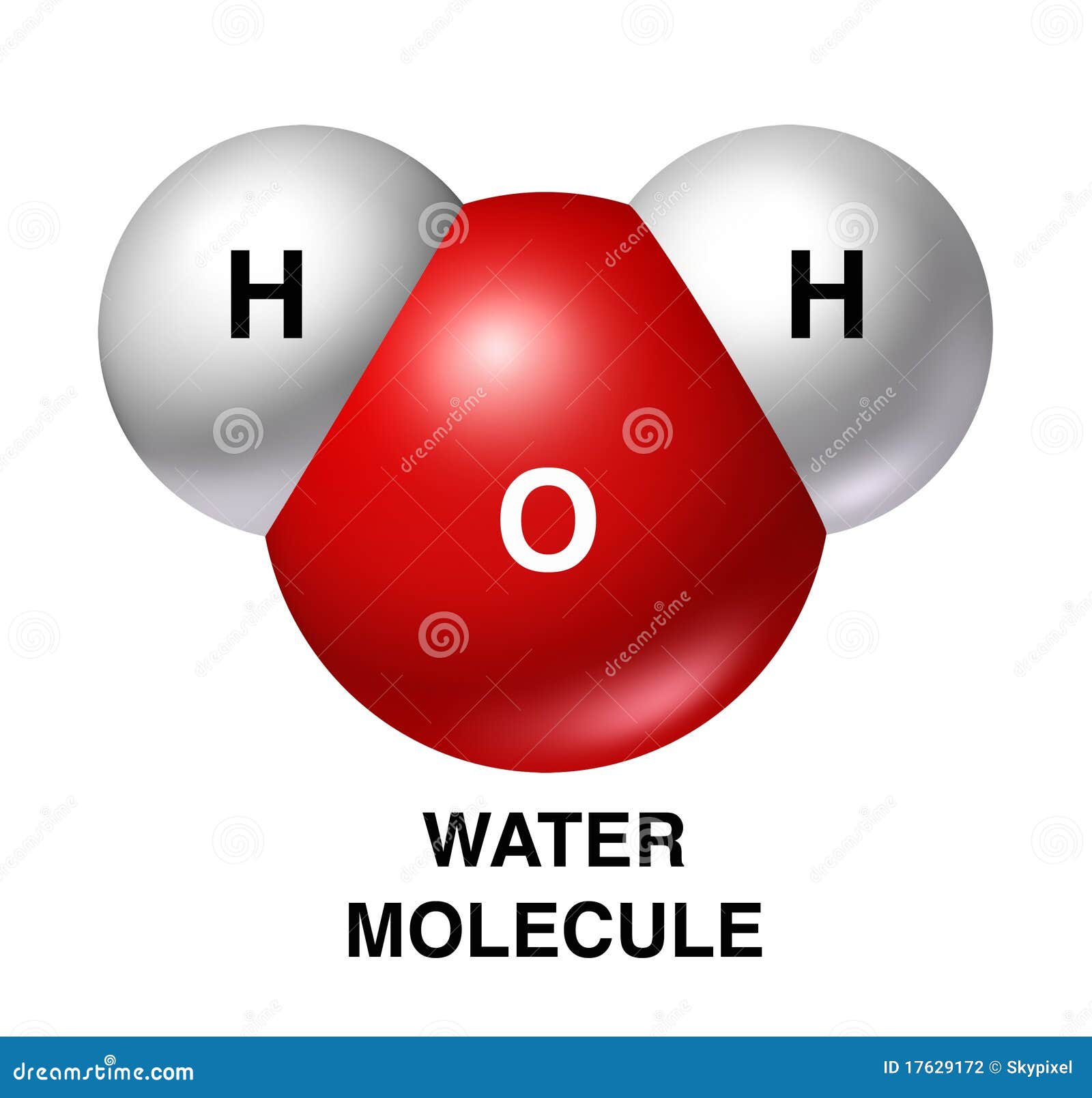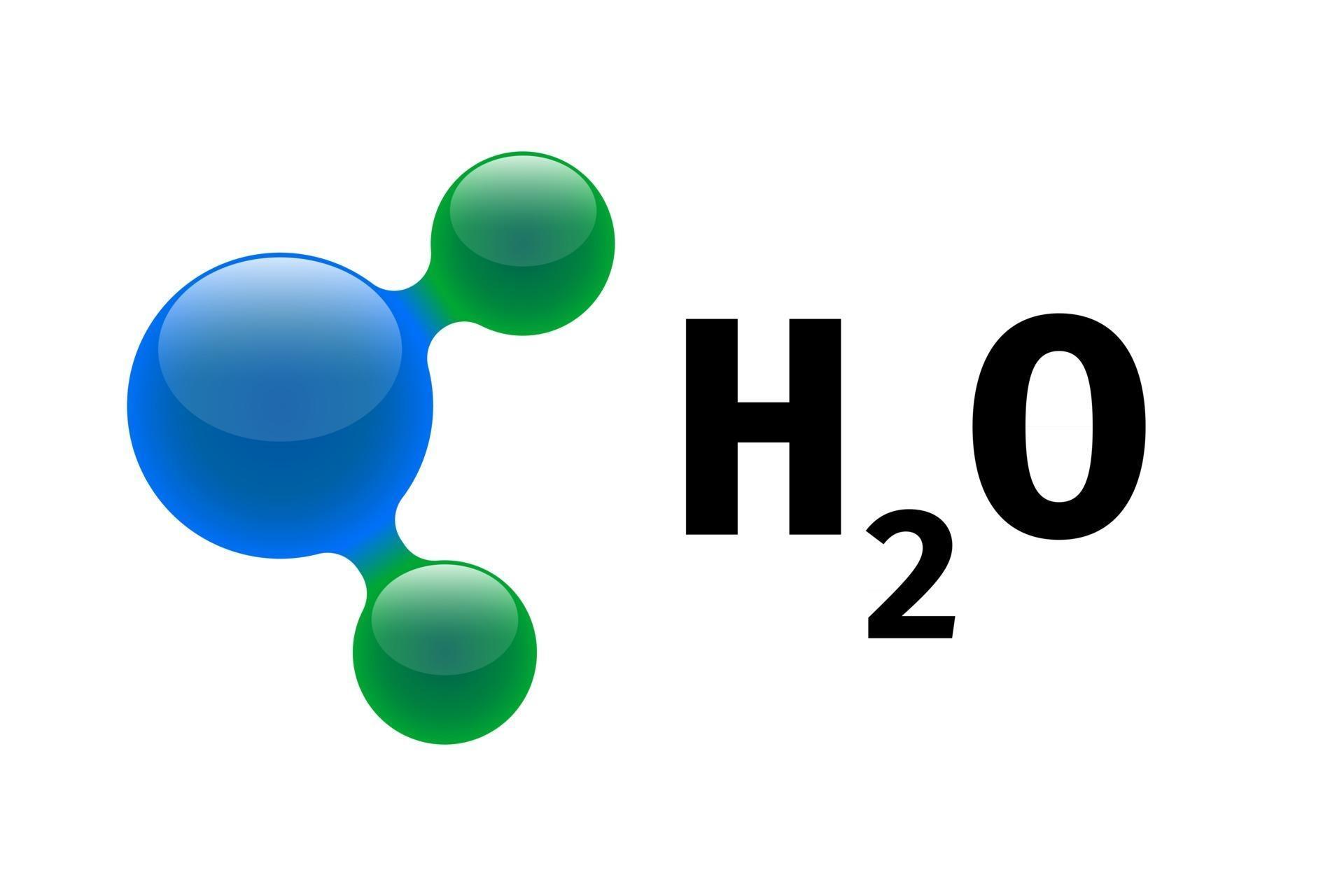H2O Joke H2O2 - Unpacking The Famous Chemistry Gag
There is something special about a joke that makes you think, a little chuckle that comes from a play on words, especially when it mixes a bit of science into the mix. We are, you know, talking about that well-known chemistry gag that often starts with two people walking into a place to get a drink. It is a classic for a good reason, really, and it often catches people off guard with its clever twist.
This particular piece of humor, which many folks have heard, hinges on a tiny difference in chemical makeup, yet it brings about a very big, and often rather dark, punchline. It plays on how two things sound so much alike, even though they are chemically quite different. You might have seen it printed on various items or heard it told by someone who enjoys a bit of wordplay, especially if they have a background in the sciences, or, you know, just appreciate a smart quip.
The fun of it, in some respects, comes from the listener's quick realization, or perhaps their sudden surprise, when the meaning shifts. It is a simple setup, but the impact, as a matter of fact, can be quite striking. This article will take a closer look at this popular bit of humor, breaking down why it works and what makes it stick in people's minds, too it's almost a cultural touchstone for science buffs.
- Unraveling The Mystery Barron Trump Car Accident
- Mack On
- Antonetta Stevens
- Peter Ellis Kings Guard
- Colton Little Wife
Table of Contents
- The Famous H2O Joke H2O2 - What's the Big Deal?
- Unpacking the Chemistry Behind the H2O Joke H2O2
- Why Does the H2O Joke H2O2 Often End Badly?
- The Serious Side of H2O2 - Beyond the H2O Joke H2O2
- Are There Different Ways to Tell the H2O Joke H2O2?
- Clean Versions of the H2O Joke H2O2 for Everyone
- The H2O Joke H2O2 - A Look at Its Popularity
- The H2O Joke H2O2 and Its Place in Pop Culture
The Famous H2O Joke H2O2 - What's the Big Deal?
So, you have likely heard this one before, perhaps from a science enthusiast or someone who just likes a good, quick bit of wordplay. The basic setup, you know, usually involves two smart folks, maybe chemists or scientists, stepping into a place where drinks are served. One of them, being precise, asks for "H2O." This is, of course, the chemical symbol for water, something we all need and drink every single day. It is a very common request, and the person gets a nice, refreshing glass of plain liquid. This part of the setup is pretty simple and sets the stage for what comes next, which is where the humor, and a little bit of darkness, comes in.
The second person then speaks up, and this is where the whole thing turns. They say something like, "I'll have H2O, too." Now, to the ear, this sounds exactly like "I'll have H2O2." And that, my friends, is the heart of the H2O joke H2O2. The slight change in chemical formula, from H2O to H2O2, means a world of difference. It is a quick, clever trick of language that relies on sound. The first person gets a common drink, but the second, by simply adding a little sound at the end, requests something entirely different, something that is, frankly, not for drinking at all. This is where the surprise, and often a gasp, comes from, as people realize the danger implied.
Unpacking the Chemistry Behind the H2O Joke H2O2
Let's get into the simple science that makes this H2O joke H2O2 work, shall we? H2O, as nearly everyone knows, is water. It is two parts hydrogen and one part oxygen. It keeps us alive, cleans things, and is just about everywhere. It is a very stable compound, something we rely on daily. Then there is H2O2. This is hydrogen peroxide. It is still made of hydrogen and oxygen, but it has an extra oxygen atom, which changes its properties quite a bit. That one extra atom, you see, makes all the difference in the world, changing it from a life-giving liquid to something that can be quite harmful if consumed. So, the sound of "H2O, too" sounding like "H2O2" is the whole point, really, making a common request into something quite unexpected and, frankly, a little bit scary.
Hydrogen peroxide is used for many things, like cleaning cuts, bleaching hair, or even as a rocket fuel, depending on its strength. But it is not for drinking, especially in concentrated forms. The joke plays on this everyday knowledge of water and the less common, but still somewhat familiar, idea of hydrogen peroxide. It is the contrast between the two, the safe and the unsafe, that gives the H2O joke H2O2 its edge. The humor, if you can call it that, comes from the sudden, jarring shift from a normal situation to one with a very serious, even fatal, outcome, all because of a single syllable that sounds like a number. It is a clever way to highlight a scientific fact in a memorable, if slightly dark, way.
Why Does the H2O Joke H2O2 Often End Badly?
The reason the H2O joke H2O2 often has a rather grim ending is because hydrogen peroxide, especially in stronger forms, is not something you want to put inside your body. The joke usually implies that the second person, after asking for "H2O, too," drinks what they requested and then, well, they pass away. This dark twist is based on the actual danger of consuming hydrogen peroxide. For example, a fairly strong solution, like a 70% concentration of H2O2, has a measure of toxicity known as an LD50, which is about 1026 milligrams for every kilogram of body weight. This means that for a person weighing around 200 pounds, drinking even a small amount, like 75 milliliters, which is about two and a half small shot glasses, could be enough to cause death. It is a pretty stark difference from a glass of water, naturally.
So, the humor, or perhaps the shock, of the H2O joke H2O2 comes from this very real danger. It is a chemistry pun with a serious consequence built right into its punchline. The joke does not just rely on the sound-alike words; it also relies on the audience having some basic understanding, or at least a vague idea, that hydrogen peroxide is not something you drink. The sudden shift from a harmless request to a fatal one is what gives the joke its impact. It is, in a way, a quick lesson in chemistry and toxicology, wrapped up in a short, memorable story. The dramatic ending is what makes it stick in people's minds, making it more than just a simple play on words, but a bit of a cautionary tale, too.
The Serious Side of H2O2 - Beyond the H2O Joke H2O2
While the H2O joke H2O2 is meant to be funny, or at least a bit amusing, it does touch upon a serious point about chemical safety. Hydrogen peroxide, particularly in its more concentrated forms, is a substance that needs to be handled with care. It is a powerful oxidizer, which means it can react strongly with other materials, sometimes causing harm. That 70% solution mentioned earlier is far more potent than the weak solutions you might find in a first-aid kit, which are usually around 3% concentration. Those weaker versions are pretty safe for cleaning small cuts, but even then, you would not want to drink them. The joke, in fact, highlights how a seemingly small change in a chemical formula can lead to vastly different, and potentially very dangerous, outcomes. It serves as a reminder, albeit a humorous one, that chemistry is not always what it seems, and precision matters, particularly with things you put in your body.
The information about the lethal dose is not just a random fact thrown into the H2O joke H2O2; it is a real-world measure of how dangerous a substance can be. It underscores why the punchline works so well: it is rooted in a truth about the chemical. People who hear the joke might not know the exact LD50 number, but they generally grasp that hydrogen peroxide is not a beverage. The joke, then, uses this common knowledge, along with the sound similarity, to create its dark humor. It is a pretty effective way to make a point about chemical identity and its importance, even if it is delivered with a chuckle and a slight shiver, you know, at the thought of it.
Are There Different Ways to Tell the H2O Joke H2O2?
Absolutely, there are many ways people like to tell the H2O joke H2O2, each with its own little flavor. The basic structure, you know, of two people walking into a place to get a drink, is a very common starting point for what people call a "bar joke." This simple setup allows for a lot of flexibility in how the punchline is delivered. Sometimes, the first person just asks for "H2O," and the second says, "I'll have H2O, too," and then the grim outcome follows. This is the most straightforward version, and it is pretty effective because of its directness. It gets right to the point, making the listener quickly connect the sound to the chemical formula. It is a simple, yet powerful, setup that many people recognize right away.
Other versions of the H2O joke H2O2 add a little more dialogue or a slight twist. For example, one variant has the first person order "H2O," and the second says, "I'll have some water as well, but why'd you order it that way?" This version adds a moment of confusion for the first person, playing on the idea that ordering water by its chemical name is a bit unusual. Another variation might have the second chemist say, "Who the heck orders water at a bar?" This adds a touch of personality to the characters and a different kind of humor before the chemical mix-up happens. These slight changes keep the joke fresh and allow for different comedic timing, making it fun for storytellers to share their preferred way of telling it, too it's almost like a little performance.
Clean Versions of the H2O Joke H2O2 for Everyone
While the classic H2O joke H2O2 often has a dark and somewhat profanity-laced punchline, there are plenty of ways to tell it that are suitable for a wider audience, including kids and friends. The core humor of the joke, you see, comes from the sound-alike words and the chemical difference, not necessarily from the grim outcome. So, one clean version might simply end with the bartender being confused or showing off their chemistry knowledge. For example, the first person asks for "H2O," the second asks for "H2O, too," and the bartender, having paid attention in chemistry class, serves them both water because they understood what the friend meant. This takes away the dark ending and makes it a more lighthearted moment about a clever bartender.
Another approach to a clean H2O joke H2O2 is to focus on the first person's reaction to the second person's unusual order. The first person asks for "H2O," the bartender pours it, and the first person feels refreshed. Then, the second person says, "I'll have some H2O, too!" and the first person might just look puzzled, asking, "Why did you say H2O?" This version avoids any mention of harm and instead focuses on the linguistic oddity of the request. It is a way to enjoy the cleverness of the wordplay without venturing into sensitive topics. These cleaner versions prove that the basic concept of the joke is strong enough to stand on its own, even without the more intense, traditional punchline, and they are pretty good for sharing in any setting.
The H2O Joke H2O2 - A Look at Its Popularity
The H2O joke H2O2 has, in some respects, gained a lot of traction over time, becoming a truly popular piece of science humor. You see it everywhere, from images shared online to casual conversations among people who appreciate a clever play on words. Its appeal, perhaps, comes from its simplicity and the unexpected twist. It is easy to remember, quick to tell, and it delivers a surprising punchline that often gets a good reaction. The joke taps into a basic level of scientific knowledge that many people possess, making it accessible to a broad audience, not just those with a chemistry background. This widespread recognition helps it spread and stay relevant, as people continue to share it and introduce it to new listeners. It is, basically, a very effective piece of short-form storytelling.
The joke's enduring popularity might also stem from its slight edge. The dark humor, while not for everyone, certainly makes it memorable. It is the kind of joke that makes you think for a second before you get it, and that moment of realization can be quite satisfying. It is also a joke that can be told in various settings, from casual gatherings to more formal ones, depending on the version chosen. Its ability to adapt, as well as its inherent cleverness, has helped it become a staple in the collection of science-themed jokes. People genuinely look for laughs about everyday things, and this joke, with its chemical twist, offers a unique kind of amusement, you know, something a little different from the usual.
The H2O Joke H2O2 and Its Place in Pop Culture
This particular H2O joke H2O2 has, in fact, carved out a small but significant place for itself in popular culture. It is not just something chemists tell each other; it has spread far beyond the lab. You might see it on t-shirts, mugs, or as a meme shared across social media platforms. Its simple yet effective wordplay makes it perfect for quick visual gags or short text-based humor. The joke's ability to condense a complex chemical difference into a single, memorable phrase is part of its charm. It is a testament to how science, even in a very basic form, can be woven into everyday humor and become something that many people recognize and enjoy. It is, pretty much, a cultural touchstone for anyone who appreciates a bit of smart, understated wit.
The presence of the H2O joke H2O2 in various forms of media, from simple printed images to online discussions, shows its lasting appeal. It is a joke that stands the test of time because its core concept—the sound-alike words and the chemical danger—remains relevant. It also highlights how a simple bar joke format can be used to deliver a very specific, niche piece of humor to a broad audience. The fact that people are still looking for variations, or even discussing the profanity in some versions, proves that this joke continues to resonate. It is, in a way, a small but enduring piece of our collective sense of humor, especially for those who enjoy a little bit of science with their laughs, too it's almost a classic.

Water Molecule H2o Isolated Oxygen Hydrogen Red Wh Stock Illustration

Chemistry model of molecule water H2O scientific elements. Integrated

h2O just add water series two - H2O Just Add Water Photo (9078861) - Fanpop